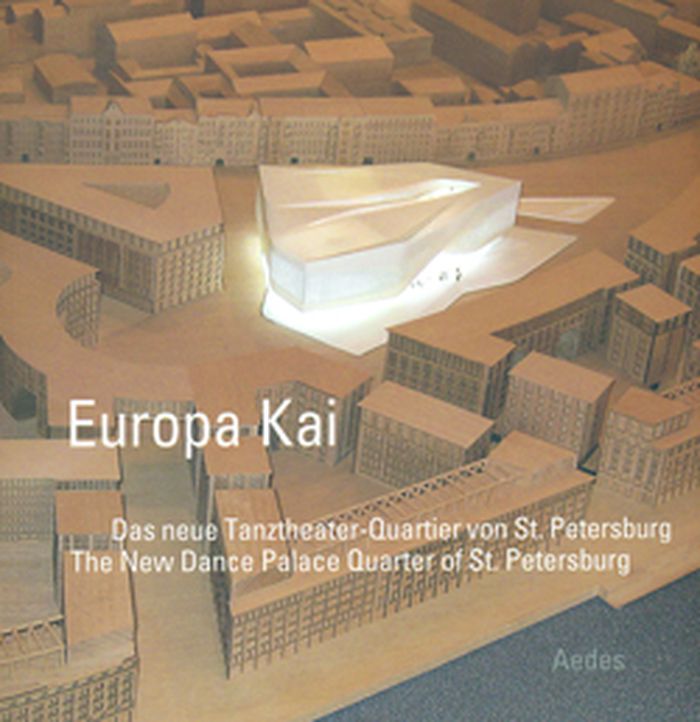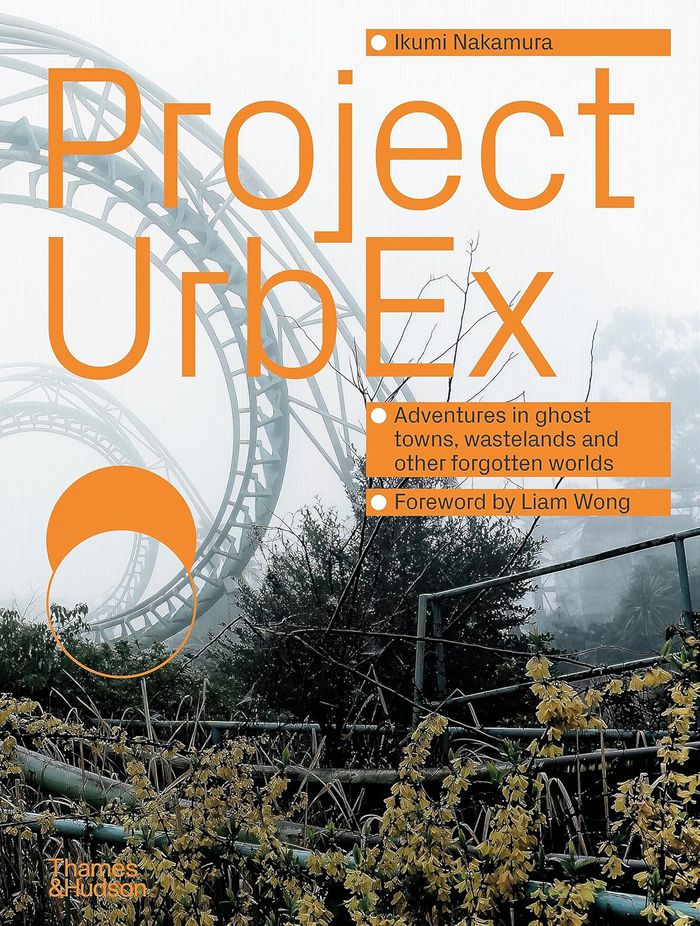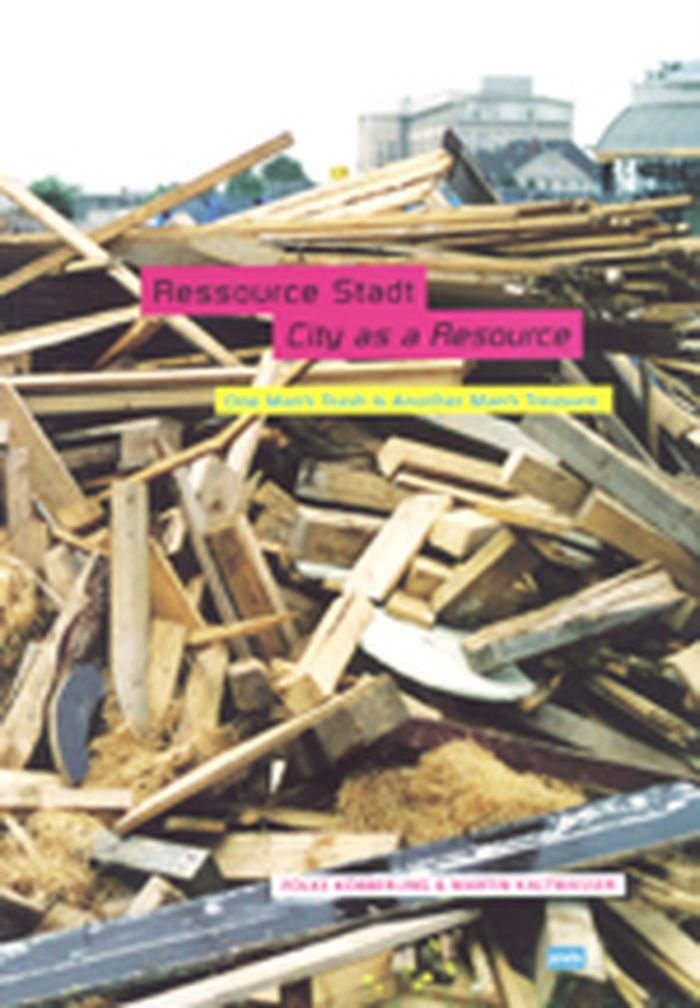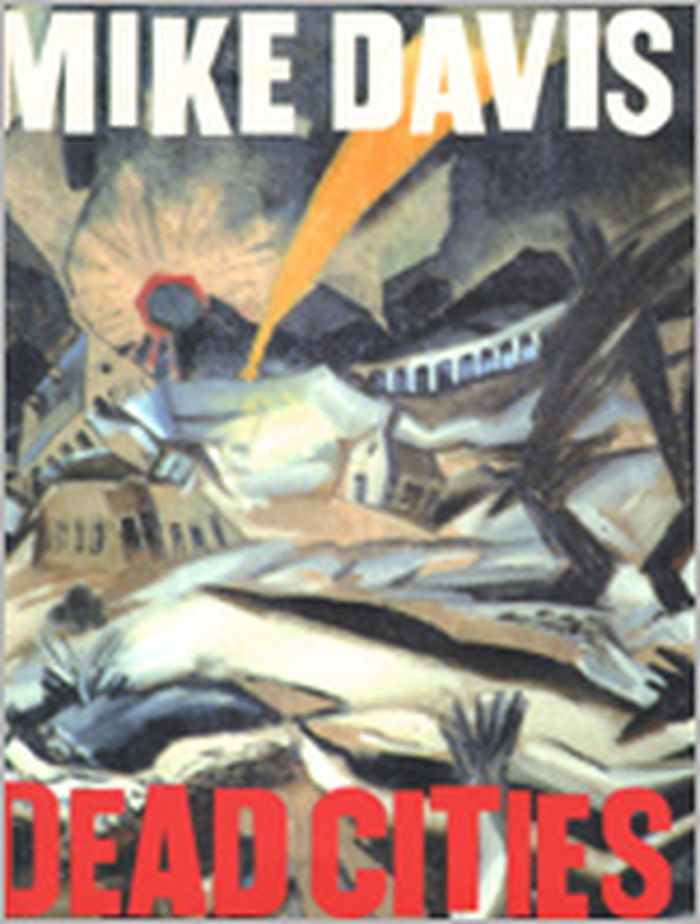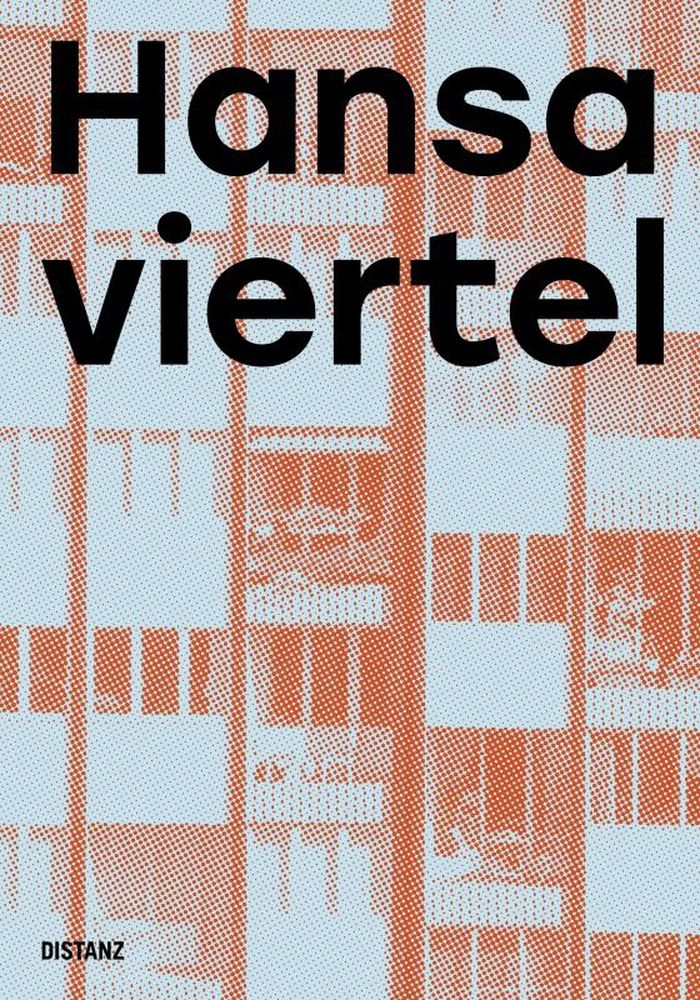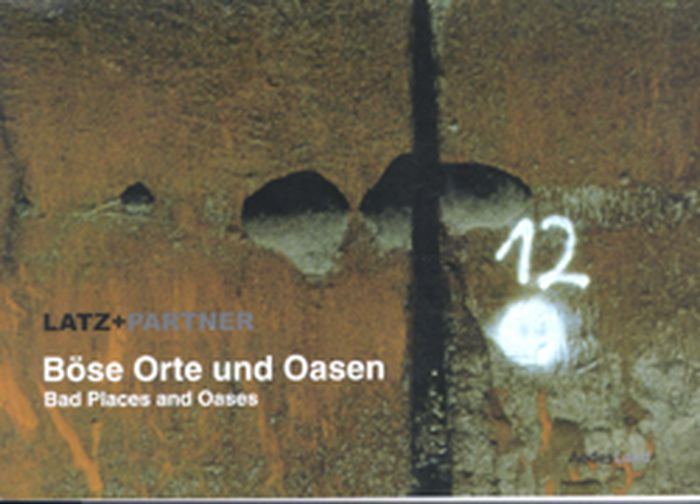Europa Kai
$21.00
(available to order)
Summary:
The Quarter at the “European Embankment” was an invited competition for the development of one of the most important development areas in central St. Petersburg, with the result being decided in March 2009. The 9.9 Hectare land, centrally located in the „Naberezhnaya Ewropy“ - „Europaufer“ industrial wasteland, lies on the small arm of the Neva River. Opposite the(...)
Europa Kai
Actions:
Price:
$21.00
(available to order)
Summary:
The Quarter at the “European Embankment” was an invited competition for the development of one of the most important development areas in central St. Petersburg, with the result being decided in March 2009. The 9.9 Hectare land, centrally located in the „Naberezhnaya Ewropy“ - „Europaufer“ industrial wasteland, lies on the small arm of the Neva River. Opposite the hermitage, stock exchange and directly downstream from the Peter-and-Paul fortress, the historical centre of the former Zarenstadt, the planned development is situated in a very prominent neighbourhood amongst almost all of the city’s landmarks. The renewal of the European-oriented city development and the adoption of typically local characteristics in the brief, ensured acceptance by the St Petersburg residents who recently demonstrated their concern for the city’s history by protesting plans for a high-rise in the world heritage area.
small format
$66.00
(available in store)
Summary:
Fusing urban exploration with her trademark sense of wonder, famed videogame creator Ikumi Nakamura has spent over a decade infiltrating top-secret locations worldwide. Her daring escapades tap into a lost spirit of true adventure, proving that the world is still full of secrets and mystery, just waiting to be revealed. From derelict shipyards and military bases to(...)
Project UrbEx: Adventures in ghost towns, wastelands and other forgtotten worlds
Actions:
Price:
$66.00
(available in store)
Summary:
Fusing urban exploration with her trademark sense of wonder, famed videogame creator Ikumi Nakamura has spent over a decade infiltrating top-secret locations worldwide. Her daring escapades tap into a lost spirit of true adventure, proving that the world is still full of secrets and mystery, just waiting to be revealed. From derelict shipyards and military bases to colossal cooling towers, haunted hotels, and mystical islands, this book is packed with places you thought could only exist in videogames. Urban exploration is a way of life for those who choose it as their passion. The secrets and mysteries that disused places incite can be intoxicating and inspiring. As Nakamura has said, "I love breaking boundaries and making people say 'WOW.' As artists, we use our imagination to see the INVISIBLE." With a foreword by videogame designer-turned-photographer Liam Wong, "Project UrbEx" also features sections of Nakamura’s personal travel diaries, printed on pages with a narrower width in a rich Pantone black and illustrated by specially commissioned, exclusive manga—bringing her much-loved sense of humor to the forefront of the narrative and displaying her keen interest in exploring many mediums of creativity.
Photography monographs
$36.00
(available to order)
Summary:
Dump or rich source – the "free materials" discovered on the street, on wasteland and on building site rubbish dumps and recycled by Martin Kaltwasser and Folke Köbberling experience incredible metamorphoses. Pavilions, villages of huts and even whole houses are appearing over night. Since 2002 the artists have been using public space as their field of experiment in(...)
Green Architecture
March 2007, Berlin
Ressource stadt/City as a resource : one man's trash is another man's treasure
Actions:
Price:
$36.00
(available to order)
Summary:
Dump or rich source – the "free materials" discovered on the street, on wasteland and on building site rubbish dumps and recycled by Martin Kaltwasser and Folke Köbberling experience incredible metamorphoses. Pavilions, villages of huts and even whole houses are appearing over night. Since 2002 the artists have been using public space as their field of experiment in projects on the use of (free) resources. In installations, exhibitions and most frequently, in actual interventions they question the conditions of urban life determined by privatisation and economisation. Through realised projects the book reveals simple ways of livening up and re-appropriating the " City as a Resource" and thus offers new components in an alternative to conventional urban planning. Köbberling and Kaltwasser propose informal and self-organised structures rather than the usual methods emphasising control, security and as much marketing as possible. Their approach demonstrates that often – with the help of their own clever building logistics – a huge impact may be made with a minimum of financing.
Green Architecture
Dead cities and other tales
$44.95
(available to order)
Summary:
In his most syncretic writing yet, radical urban theorist Mike Davis explores the combat zone that is contemporary urban America, a ceaseless battle waged both within cities and against nature. Using environmental science as his frame of understanding, Davis examines themes of urban life today—white flight, deindustrialization, housing and job segregation and(...)
Dead cities and other tales
Actions:
Price:
$44.95
(available to order)
Summary:
In his most syncretic writing yet, radical urban theorist Mike Davis explores the combat zone that is contemporary urban America, a ceaseless battle waged both within cities and against nature. Using environmental science as his frame of understanding, Davis examines themes of urban life today—white flight, deindustrialization, housing and job segregation and discrimination, and federal policy—and looks at areas he calls "national sacrifice zones," military landscapes that simulated warfare and arms production have rendered uninhabitable. Davis begins our apocalyptically inflected tour with a trip to New York’s Ground Zero. He then takes us to "German Village," a Utah wasteland that was once a test site for Allied science advisors to rehearse the perfect plan for destroying Berlin, and to the diabolic miracle of Las Vegas, where environmental terrorism is practiced in the name of urban development. Davis also hits Los Angeles, the frontline of the "Second Civil War" sparked by American apartheid, and which lies waiting to be ignited in cities across the country.
Urban Theory
Hansaviertel portraits
$65.00
(available to order)
Summary:
A former debris-strewn wasteland in the inner city—some 300 out of 343 residential buildings were destroyed during the Second World War—the Hansaviertel is one of the most defining architecture projects of the postwar period in Berlin. In 1952, an international ideas competition was held under the title die stadt von morgen (the city of tomorrow); more than fifty(...)
Architecture since 1900, Europe
October 2024
Hansaviertel portraits
Actions:
Price:
$65.00
(available to order)
Summary:
A former debris-strewn wasteland in the inner city—some 300 out of 343 residential buildings were destroyed during the Second World War—the Hansaviertel is one of the most defining architecture projects of the postwar period in Berlin. In 1952, an international ideas competition was held under the title die stadt von morgen (the city of tomorrow); more than fifty architects presented plans for the rebuilding of West Berlin, including leading practitioners of Western modernist architecture like Alvar Aalto, Werner Düttmann, Egon Eiermann, Walter Gropius, Arne Jacobsen, Oscar Niemeyer, and Max Taut. Construction based on their designs in the redevelopment area began in 1956. The result was a neighborhood designed for people and their needs—largely without predetermined paths, with lots of greenery, flexible floor plans, space for small businesses, and facilities for everyday needs. Visiting the area and its people today, one can still feel the designers’ visionary resolve to establish new ways of residential living. Locals are united by their fascination with architecture and design and their love for their neighborhood, which over the decades has developed an authentic patina and now stands as witness to a key chapter in the city’s more recent history.
Architecture since 1900, Europe
$18.00
(available to order)
Summary:
“Bad Places” – defines spaces of urban wasteland, of landfills but also neglected parks or harmful and unfriendly traffic and infrastructure solutions. In their exhibition in AedesLand, Latz + Partner describe their approach to dealing with these places – the necessity of which goes beyond aesthetic standards in a time where we are faced with a shortage of space and yet(...)
small format
January 1900, Berlin
Latz+partner bad places and oases
Actions:
Price:
$18.00
(available to order)
Summary:
“Bad Places” – defines spaces of urban wasteland, of landfills but also neglected parks or harmful and unfriendly traffic and infrastructure solutions. In their exhibition in AedesLand, Latz + Partner describe their approach to dealing with these places – the necessity of which goes beyond aesthetic standards in a time where we are faced with a shortage of space and yet continually create new wastelands. “Oases” – selective interventions and special places give an answer to bad places. Primarily, this revolves around the acceptance of devastated and polluted spaces, around the qualities that even such spaces can hold and around the layers that define them and hold the potential of fascinating information. Landscape does not merely exist physically. It represents a repertoire of information which is continually interpreted and re-interpreted by the beholder. The design philosophy of Latz + Partner is rooted in the ambition of facilitating and furnishing new ideas to this process. The exhibition focuses on two key, future-oriented projects: Hiriya, Tel Aviv and Crystal Palace Park, London. These projects, both of which are currently in the planning phase, are complemented by images of built projects, such as the blast furnace park in Duisburg, the Old Harbour in Bremerhaven and the urban transformation on the Plateau de Kirchberg in Luxembourg. Public participation is of great significance in all projects and ecological principles are innate to all of the work.
small format
